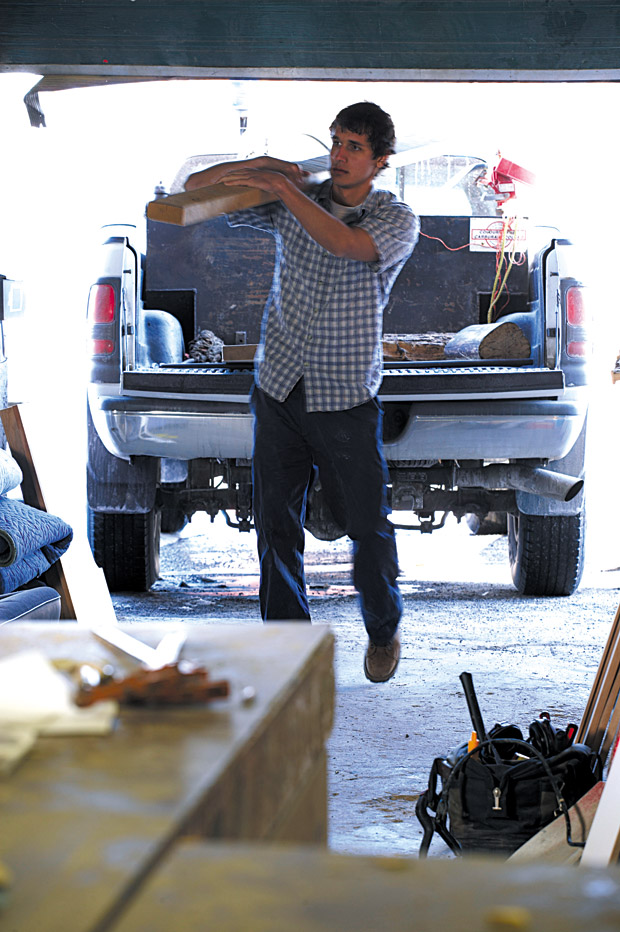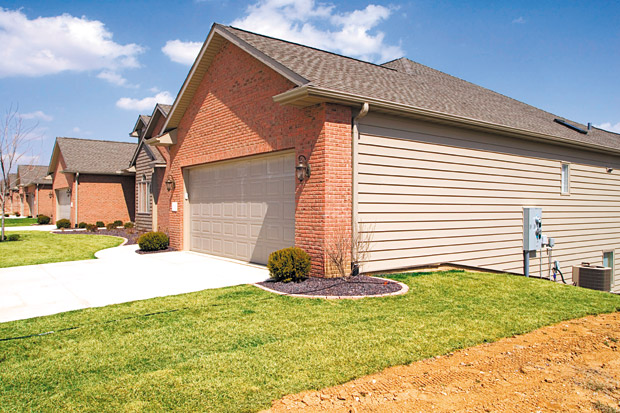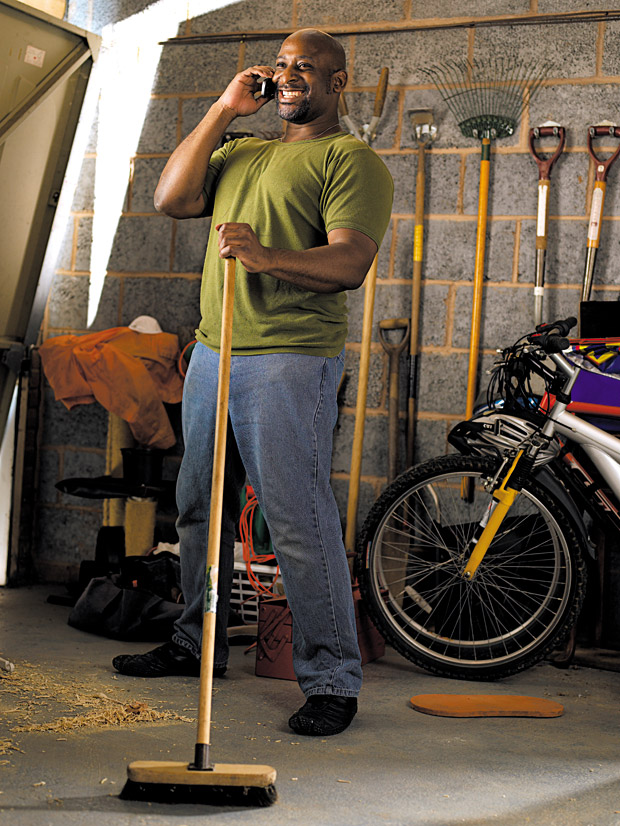Make some space to store your stuff
In Ohio, where I was born and raised, there is plenty of space for everything: parking spots, yards, offices, basements, even room to walk side-by-side in stores and on sidewalks. Even though I miss all of these things, they are not enough to make me leave Hawaii. This is home now, and my family and I plan to stay for good. While we know we cannot replicate many of the things on this list, we can find ways to come close.
One of the biggest struggles with having little space here is finding room to store our things. My family and I have taken steps to cut back, but, with a growing family, we still manage to accumulate more than we can store properly. Our indoor storage is overflowing, and our carport is not secure enough for us to feel safe storing items like lawn equipment, tools and golf clubs. If you are dealing with the same problem, there is one potential solution: Convert it into a garage.
First, determine whether a permit is necessary. In some instances, you can add a garage door without one, and in others, you cannot. The Department of Planning and Permitting states that permits are required: “To erect, contract, alter, remove, or demolish any building or structure.” Permits are also required for any electrical work over $500 and for construction that alters sidewalks, curbs or driveways in public rights-of-way. If you are unsure, consult your local building permit center.
Keep in mind that the city is not your only concern. If your house is part of a homeowner’s association (HOA), you should check your handbook and double-check with your HOA to ensure you go about the process appropriately.
Then, decide the scope of your project. What is the existing condition of your carport, and what do you need to do to enclose the walls and add a garage door? Is your slab big enough? Experts recommend garages be no less than 20 feet deep and at least 12 feet wide for one car or 20 feet wide for two, but preferably bigger. Do you have electricity running to the carport? You’ll need it for lights and a garage door.
Consult a professional. Even if you are handy, a professional can help you to navigate things like building codes, materials, and susceptibility to other hazards like flooding or fire. For instance, if your carport shares a wall with your house, you must implement fire safety initiatives such as including a spring-loaded, fire-rated door between the house and garage, among other things.
Have a comment or question for Joanne? Email thefixisinhawaii@gmail.com.


